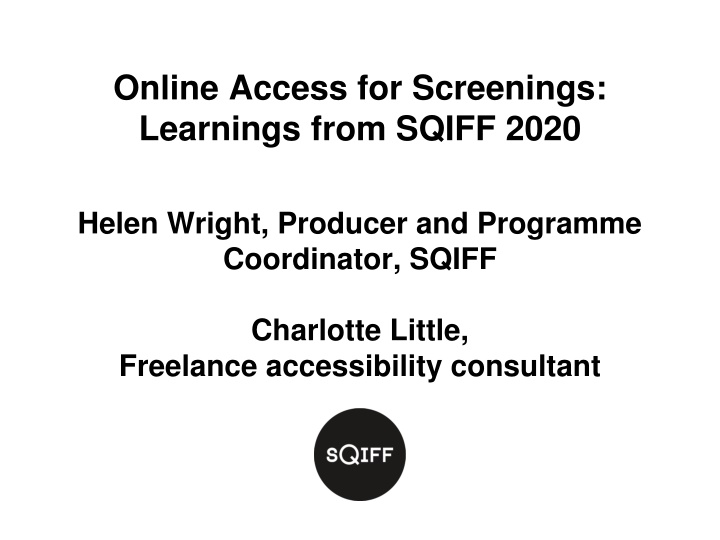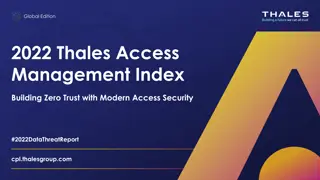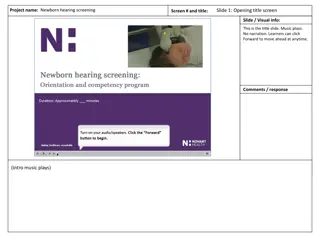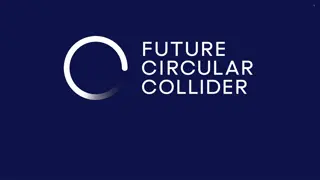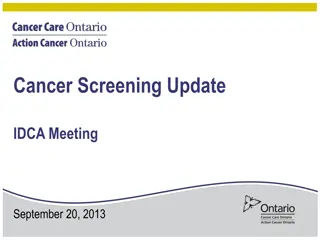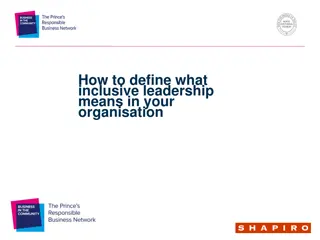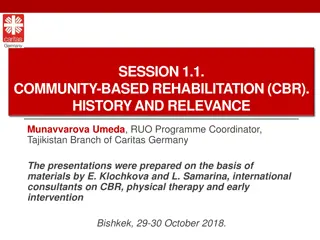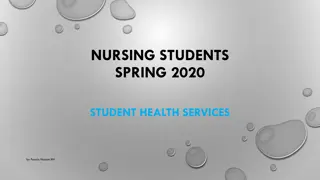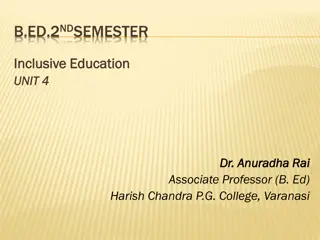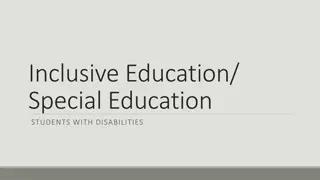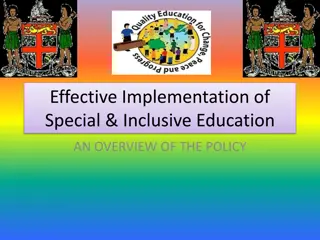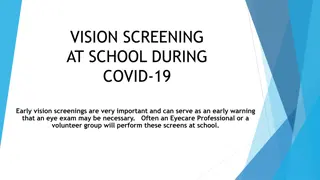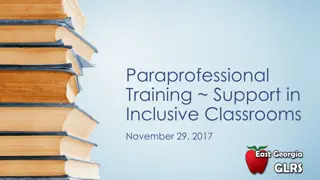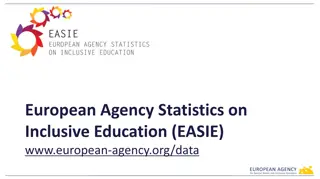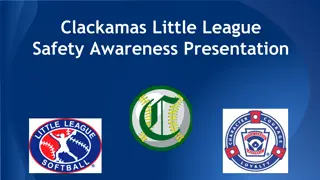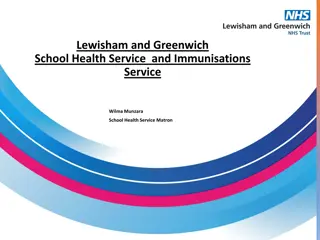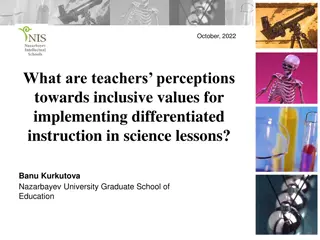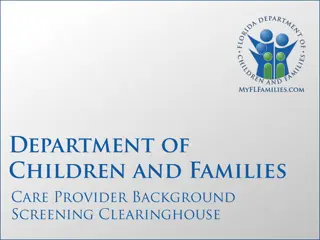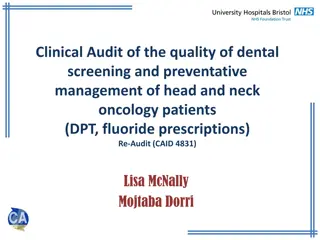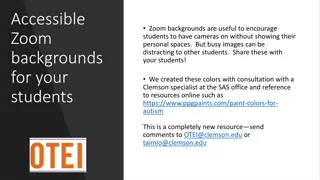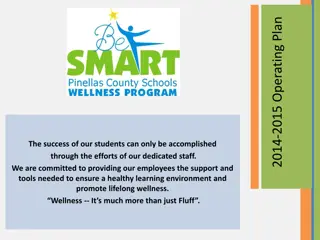Online Access for Screenings at SQIFF 2020: Inclusive Measures and Insights
Collaborators Helen Wright and Charlotte Little discuss the effective access measures implemented at SQIFF 2020 online festival, emphasizing the importance of accessibility for all attendees. The festival's focus on LGBTQIA+ inclusivity, film screenings with subtitles and live captioning, and special provisions for visual and hearing impairments are highlighted. The event's efforts to address challenges related to using Zoom for hosting accessible online events are also detailed, showcasing a commitment to ensuring an inclusive experience for all participants.
Download Presentation

Please find below an Image/Link to download the presentation.
The content on the website is provided AS IS for your information and personal use only. It may not be sold, licensed, or shared on other websites without obtaining consent from the author.If you encounter any issues during the download, it is possible that the publisher has removed the file from their server.
You are allowed to download the files provided on this website for personal or commercial use, subject to the condition that they are used lawfully. All files are the property of their respective owners.
The content on the website is provided AS IS for your information and personal use only. It may not be sold, licensed, or shared on other websites without obtaining consent from the author.
E N D
Presentation Transcript
Online Access for Screenings: Learnings from SQIFF 2020 Helen Wright, Producer and Programme Coordinator, SQIFF Charlotte Little, Freelance accessibility consultant
Session plan Introduction Access measures at SQIFF 2020 Holding events on Zoom Live captioning and closed captions Audio issues with using Zoom Visual Impairment and Zoom events
1. Introduction SQIFF 2020 was a 2 week online festival Festival is for LGBTQIA+ curators, artists and filmmakers, and audiences Film programme on Vimeo on Demand 24 live events on Zoom: watch parties; Q&A and discussion; workshops; and parties
2. Access measures at SQIFF 2020 All films had English language subtitles or captions All live events had live captioning and BSL interpretation Several films/film programmes had audio description Several live events had live audio description Films which were all English language with lots of voiceover/dialogue marked in brochure
2. Access measures at SQIFF 2020 List of content and access notes for all films Audience access fund for people based in Scotland with no or limited internet access Laptops with selection of film programme available to borrow within Glasgow Several live events had live audio description Accessible marketing materials
3. Holding events on Zoom Aim to make events accessible to people who: Use captions Use BSL Use visual descriptions and audio description Otherwise find using Zoom difficult, e.g. anxiety about having camera on
3. Holding events on Zoom Watch parties: Used Zoom Webinar Small number of people on screen with BSL interpreters Live captions available via Zoom and external link People give their own visual descriptions Some events had live audio description Audience have videos and sound off Audience could use chat to communicate with us and/or whole audience
3. Holding events on Zoom Workshops: Used Zoom Meeting Attendees could turn on their video and sound - but didn t have to Option to pin BSL interpreter Live captions available via Zoom and external link People give their own visual descriptions Some events had live audio description Experimented with use of chat, e.g. attendees could post something in the chat to be read out by appointed person by writing VOICE at start
4. Live captioning and closed captions Live captioning (or Real Time Captioning, Speech to Text, electronic note-taking) Live captions available via Zoom and as external link (can also pull through to Facebook stream but didn t work!) Closed captions for films, or open captions?? SQIFF asks on submission form and asks distributor if captions are available for film SQIFF Tech Coordinator and freelance captioners working to create captions for every film (burnt in)
5. Audio issues with using Zoom Multiple speakers: audio delays and overlapping Live captioning as back-up Hearing aids: microphones should be muted when person isn t using their sound
6. Visual Impairment and Zoom events Different Zoom packages and layouts affect access and visual experience Pinning of panellists boxes and audience hidden better than gallery view Keyboard shortcuts and using Zoom with screen readers Contrast on Zoom not good Speakers can announce their name when they talk Can t adjust text size on individual s Zoom name
